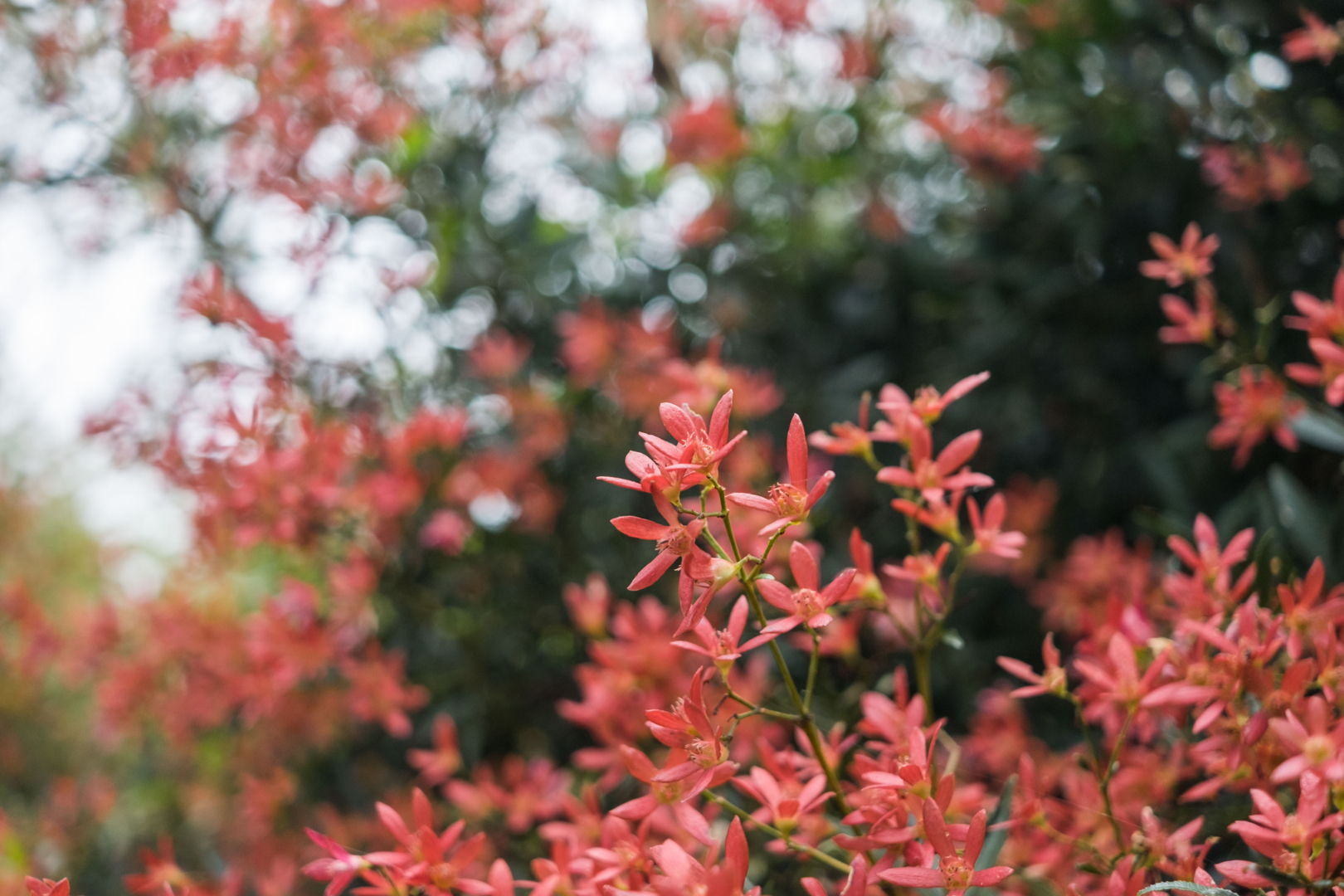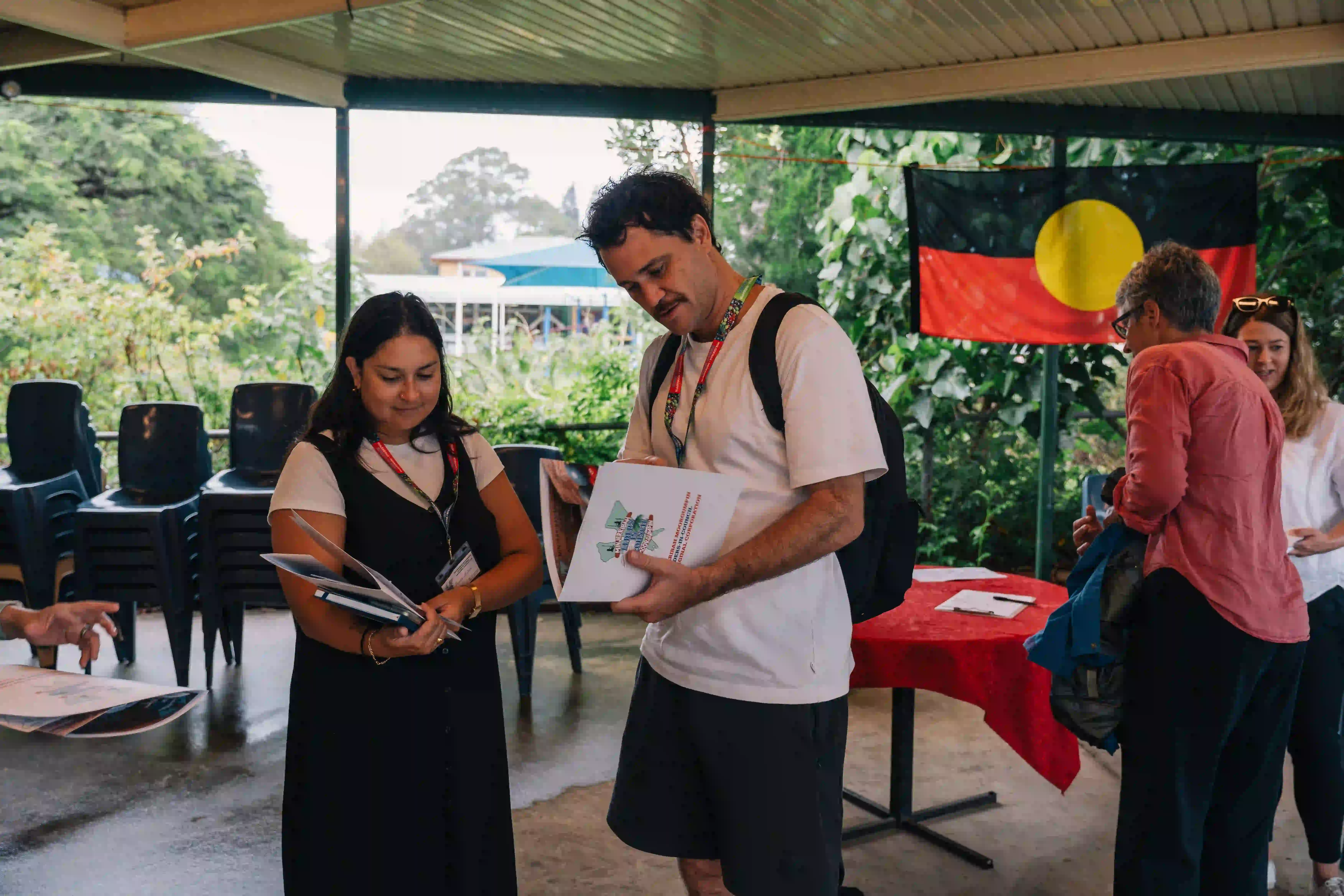A new series of projects on the public history of Darlinghurst will include interpretive installations and exhibitions, a collection of oral history recordings, a walking tour and a book, to weave together voices and imagery from the past and present.
The Paul Ramsay Foundation and the Australian Centre for Public History at UTS have formed a partnership to deliver a series of projects on the public history of Darlinghurst, with funding from the Foundation.
An 800 m square triangle on the edge of Sydney’s CBD, the area now known as Darlinghurst, was long home to the Gadigal people who fished in the pools and cascades of Rushcutters Creek which flowed under what is now Boundary Street, down to the bay. Though they lived on its banks until at least the 1860s, colonisation transformed this landscape, and brought to it people of all kinds.
A mixture of local and immigrant, those seen to be poor and posh, respectable and criminal, itinerant and established, sick and well, have moved in and out of the area, establishing homes and businesses and moving through institutions such as the hospital, the courthouse and the Darlinghurst Gaol (now the National Art School). Their voices are layered in the streets and valleys and ridges of the suburb and point to remarkable intergenerational change.
The public history projects funded by the Foundation and managed by the Centre will engage these diverse voices of Darlinghurst and create platforms and forums to amplify their stories.
Engagement with local communities will be at the heart of the partnership. The UTS Centre for Social Justice and Inclusion, in collaboration with Jumbunna Institute for Indigenous Education and Research, will lead a series of conversations with the aim of building connections, understanding the values and assets of the community, and discerning the community’s aspirations for an enhanced future.
“Telling stories about pasts – who we are, where we come from – is a way of orienting ourselves in the present and imagining and enacting a collective future”, says Centre Director and project leader, Associate Professor Tamson Pietsch.
“What gets remembered and what gets forgotten, who gets to speak and who gets heard: these questions are connected to the way our communities are constituted and to the possibility of a shared and flourishing life in this country.”
Professor Glyn Davis, CEO of the Paul Ramsay Foundation said, “Our partnership with the Australian Centre for Public History at UTS, offers a wonderful opportunity to unlock the stories of the past and gift them to both the local community and future generations. Not only will this body of work encompass a process of deep listening, but it will also amplify community voices, and further establish authentic and sustained connections.”
In addition to a series of interpretive installations and exhibitions, the project will produce several components of lasting public benefit, including a new collection of oral history recordings that will be deposited in the State Library of New South Wales, a new walking tour for the City of Sydney’s Culture Walks platform, and a book on the history of Darlinghurst, that will weave together voices and imagery from the past and present.
UTS Impact Studios will also work with the Foundation to create a series of podcasts that will examine how public discourse on disadvantage is framed and the implications for policy and service provision in a range of sectors.
No items found.










